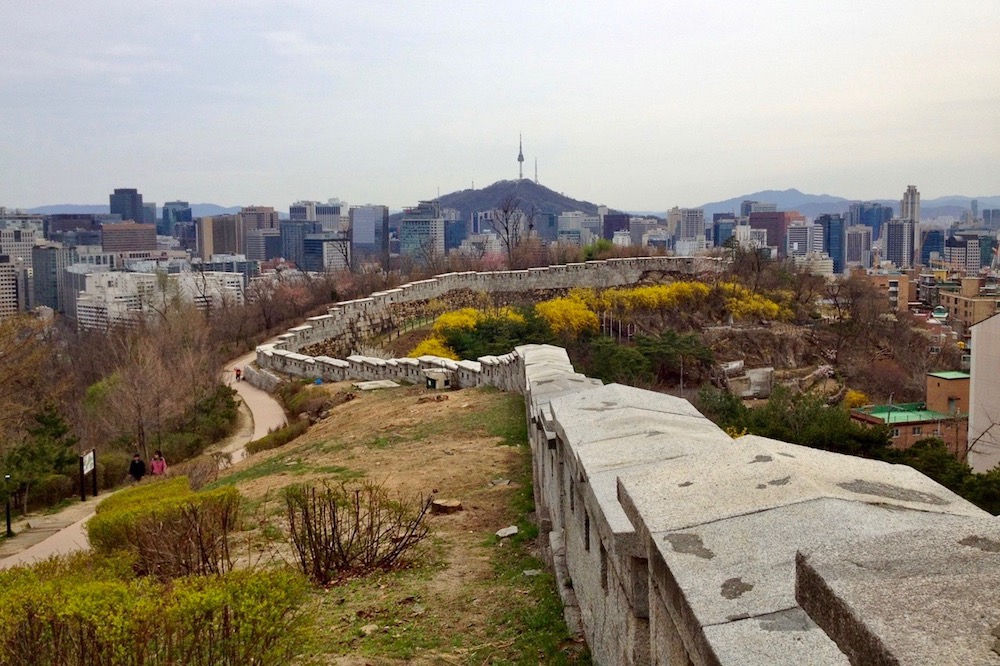
South Korea's UNESCO Obsession
If you live in Seoul, as I do, you may have hiked along the paths that line Seoul’s old city wall, which survives in portions around the area corresponding to the old capital, and seen the blocks of stone that were used to reconstruct much of it.
The city has been ‘restoring’ the wall for the past several years, and for a specific reason: South Korea badly wants it placed on the list of the United Nations Education, Scientific and Cultural Organization’s “World Heritage” sites.
The UNESCO, to its credit, rejected in late March the country’s bid for this honor. (Apparently, the advisory panel assessing the city wall’s significance didn’t think authenticity was the problem; it was more that the structure lacked “outstanding universal value.”)
But the organization has previously designated 12 other sites in South Korea as world heritage, leading me to wonder how the UNESCO decides what to recognize as such.
Bulguksa Temple, in the southeastern city of Gyeongju, is a hodgepodge of styles, heavily reconstructed under the Park Chung-hee dictatorship; little of it can be said to represent Buddhist architecture of the Unified Silla period, when the temple was first established. (Even some South Korean scholars dispute UNESCO’s claim that “All restoration work and repairs [at Bulguksa] have been based on historical research and have employed traditional materials and techniques.”)
Significant portions of Hwaseong Fortress in Suwon were destroyed in the Korean War (1950-53) and have now been replaced by modern reconstructions, even if UNESCO says the work was “carried out in accordance with” accepted principles.
Baekje Historic Areas, the latest entry from South Korea on the world heritage list, in 2015, poses questions of authenticity, to the point that the description on the UNESCO website admits, “Most elements of the eight component parts of the serial property have suffered human intervention including reparation and restoration to different degrees.”
I am all for cultural preservation. The rush in South Korea to win UNESCO recognition for historic or natural sites — there are still 15 other places the government has nominated for consideration besides the Seoul city wall — has helped some old structures or locales win protection from the rampant development that has plagued the country in recent decades. (It’s also why sometimes locals protest UNESCO-related initiatives; they prefer development over heritage.)
But the failure to see Seoul’s city wall listed on the world heritage register isn’t a bad thing. Previous attempts at listing historic sites that are in truth substantially rebuilt as world heritage smacked of blind nationalism — insistence that South Korea, too, has a past to be proud of when, in fact, much of its tangible reminder is already gone. They were also, fundamentally, a calculated move to boost regional tourism. (It’s said that municipal governments are heavily invested in winning the UNESCO designation for sites in their jurisdictions.)
The UNESCO has been an indulgent partner in this venture to produce history out of partial remains, at least until now.
I am glad the government has taken the trouble of improving Seoul’s city wall. It may not be original in its entirety, but I enjoy walking along it, especially at night when traffic dies down and lights come on to accentuate the rough stone surface.
When appreciated for what it is, such reconstructions are a source of pleasure. Whether they deserve to be called world heritage is another question.
Cover Image: Seoul’s ‘old’ city wall, viewed from Mt. Inwang (Se-Woong Koo/Korea Exposé)

